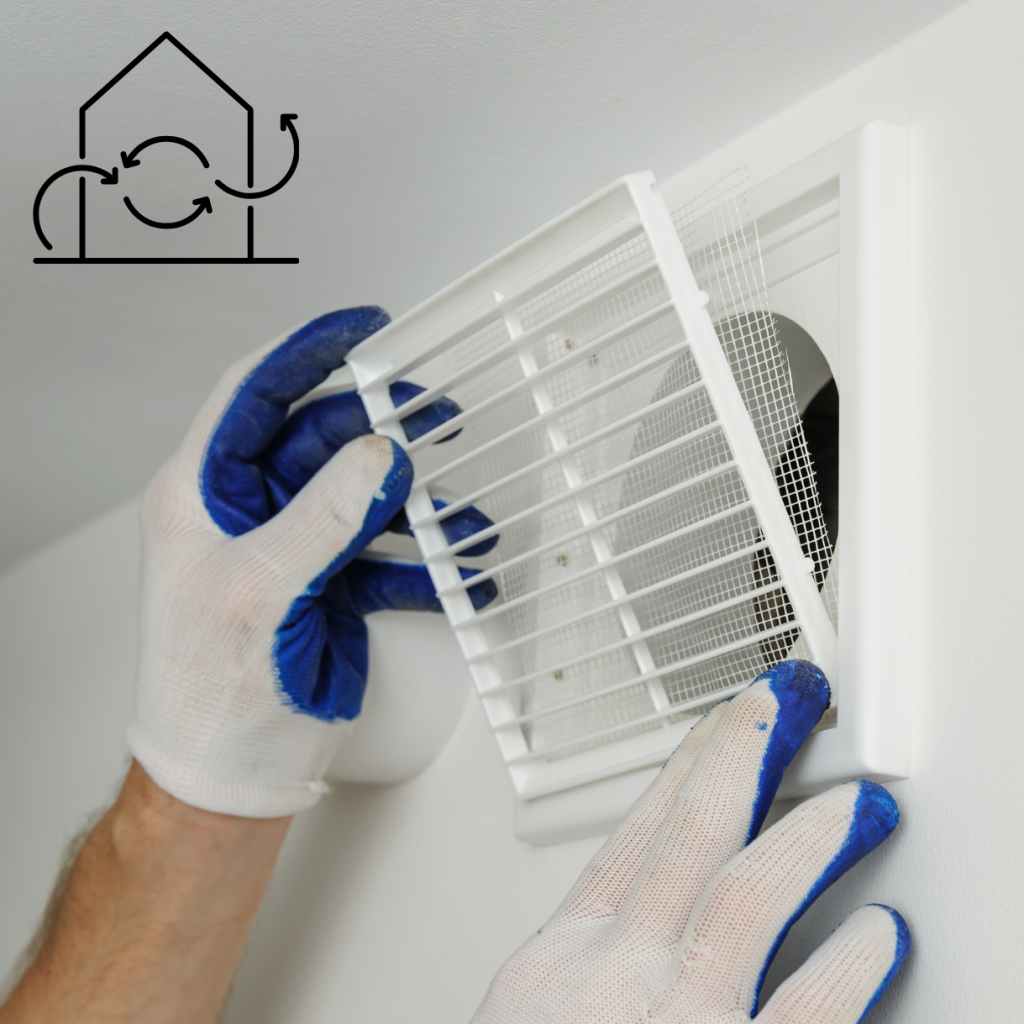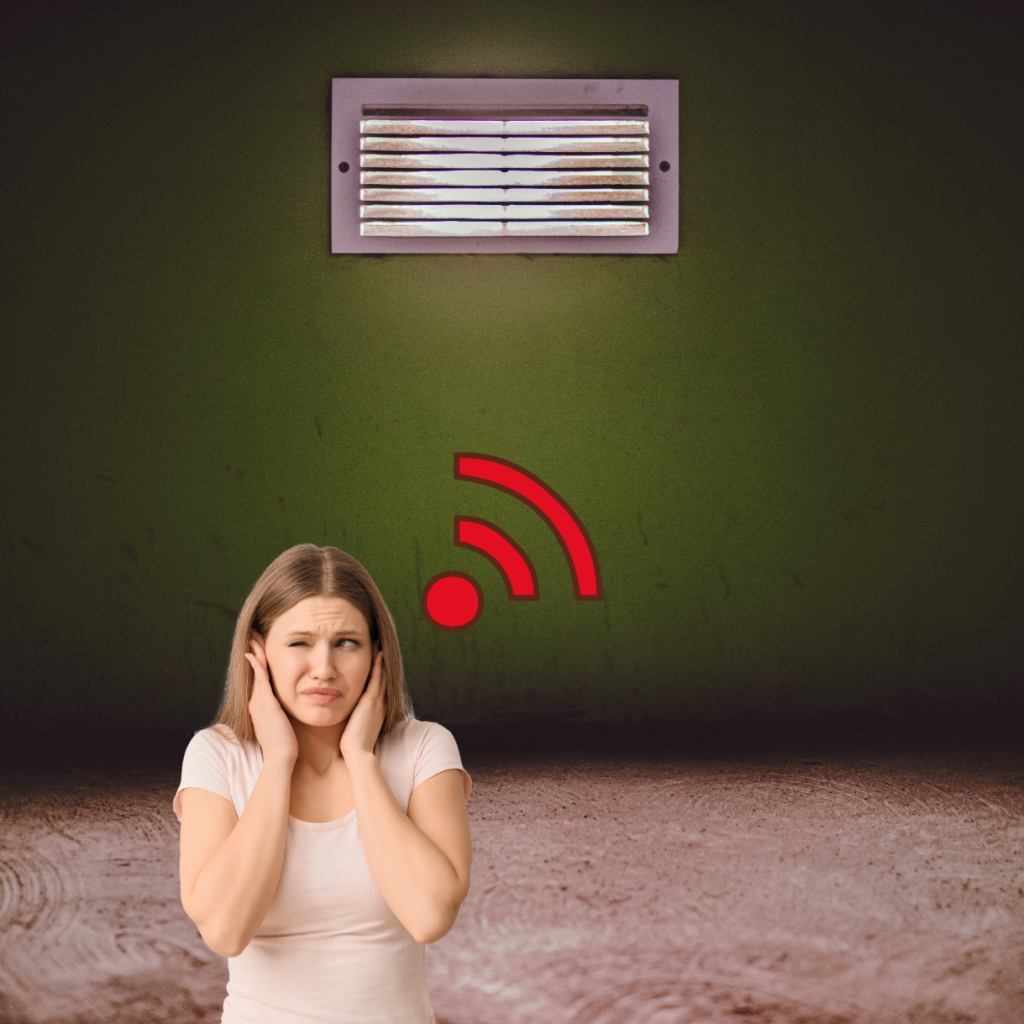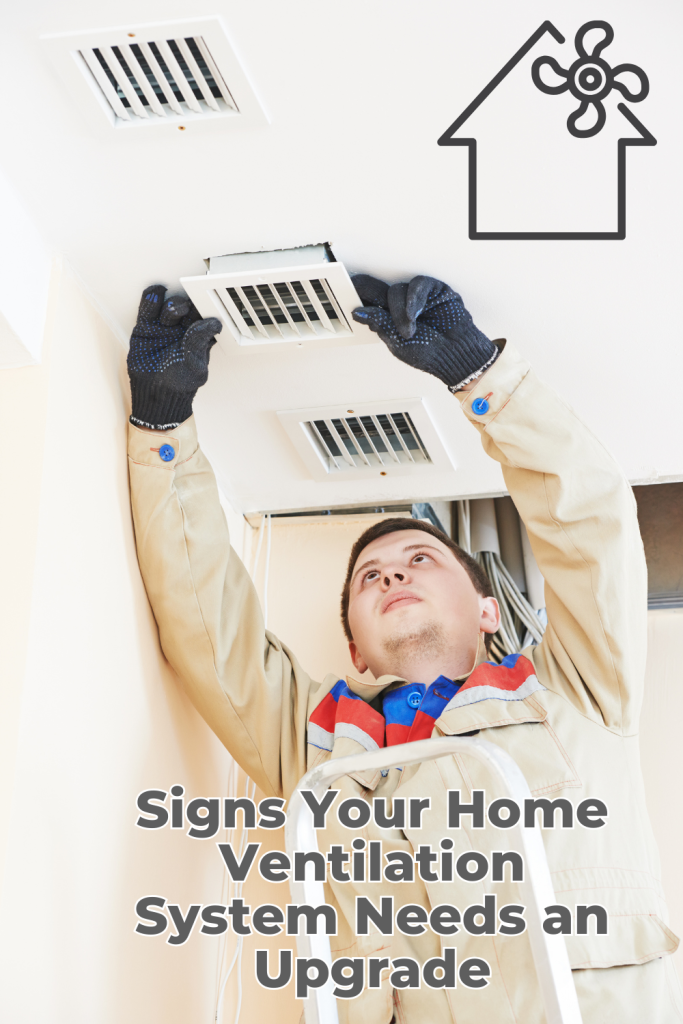In this post, we will talk about signs your home ventilation system needs an upgrade. Ventilation is one of those home systems that’s easy to overlook – until it starts causing problems.
When airflow is poor, the results show up in comfort, energy use, and even indoor air quality. Some signs are clear, like odd smells or rising utility costs.
Others develop slowly and quietly, affecting your living space without warning. Spotting the signs early helps avoid bigger issues later and keeps your home running smoothly.

Signs Your Home Ventilation System Needs an Upgrade
Here are signs to look out for:
Your Energy Bills Keep Creeping Up
Poor airflow can be linked to a consistent increase in heating or cooling bills. If your home takes longer to heat or cool, your system has to run more often and for longer periods. This added effort uses more electricity and can wear down components over time.
Dirty vents, clogged filters, or restricted air pathways make it harder for air to circulate. Checking your ductwork and air return grilles for obstructions helps identify what’s causing the inefficiency. Upgrading older ventilation units or adding more effective exhaust features can also reduce the strain on your system.
Some Rooms Are Always Hot or Cold
Uneven room temperatures are a reliable indicator that air isn’t circulating properly. A bedroom that always feels cold or a living room that turns stuffy too fast usually points to an airflow problem.
The cause might be an aging system that no longer pushes air evenly or ductwork that was never balanced in the first place.
Improving this starts with an airflow assessment. Professionals can use diagnostic tools to measure pressure and find where airflow is weak.
Balancing the duct system or replacing old grilles often fixes the issue. In homes with upper floors, checking attic ventilation is especially helpful.

There’s a Musty Smell That Won’t Go Away
Lingering odors signal trapped air that isn’t moving as it should. When stale air builds up, it creates a damp environment that supports mold and mildew. This is especially common in attics, crawl spaces, and basements where airflow is often weaker.
Solutions vary based on layout and climate. One effective method is adding targeted exhaust systems or improving existing airflow routes.
For example, using attic fans can reduce trapped moisture, pull out warm air, and freshen the air throughout the home. They’re designed to promote steady ventilation, especially during warmer seasons.
Windows Fog Up or Condensation Builds Indoors
When moisture collects on windows, it usually means indoor humidity is too high. High humidity often comes from inadequate ventilation, especially in kitchens, bathrooms, and upper levels of the house. Moisture on glass may not seem serious, but it points to a broader issue.
Left unchecked, it can cause wood rot, paint damage, and mold growth. Addressing this starts with ventilation checks. Make sure fans in moisture-heavy rooms are functional and vent to the outside. Boosting attic or roof airflow also helps manage humidity that rises through the home.
You Hear Strange Noises from Your Vents
Whistling, rattling, or banging sounds from your ventilation system shouldn’t be ignored. These noises often come from blocked airflow, loose ducts, or components working harder than they should.
A rattling vent could be vibrating from pressure buildup. Whistling may mean air is squeezing through a small opening due to a clogged filter or disconnected duct.
If these sounds don’t go away after a filter replacement, it’s a good idea to schedule a system inspection. Early action prevents more expensive repairs down the line.

Air Feels Heavy or Stuffy Even With the AC Running
If your air conditioning is on but the air still feels dense or stale, the cause may be restricted circulation. Cooling systems can only do so much if airflow is compromised. Stale air can also mean the system isn’t removing enough heat or moisture from your home.
Air that lingers too long carries more dust, allergens, and contaminants. Improving circulation might involve boosting return airflow, updating filters, or using additional ventilation strategies in closed-off rooms. To support natural air movement, open vents fully and keep furniture clear of grilles.
Dust Buildup Happens Faster Than Usual
If your furniture gets dusty a day after cleaning, poor airflow may spread particles instead of filtering them. A clogged system or weak return air setup allows dust and debris to settle around the home instead of moving it through the filter system.
A few quick checks can help. If your home has pets or sits in a dry area, replace filters more frequently. Inspect vents for blockages and keep them open.
You can also install higher-efficiency filters or a whole-home air cleaner to capture smaller particles. If the problem continues, the ventilation system itself may need an upgrade.
Ready for a Healthier, More Comfortable Home?
Small issues in your home’s ventilation don’t fix themselves. The longer airflow problems continue, the more they impact energy use, air quality, and comfort.
Addressing uneven temperatures, strange smells, moisture buildup, and dust can improve how your home feels and performs.
If you’ve noticed any of the signs covered here, it’s time to take a closer look at your system. A ventilation check-up can reveal weak spots and offer simple fixes.
Solutions like enhanced airflow, better filters, or improved attic ventilation can make a noticeable difference. Prioritize airflow, and you’ll enjoy cleaner air, fewer temperature swings, and lower utility bills.
PIN IT!

Leave a Reply